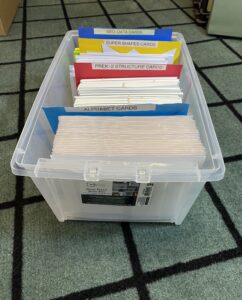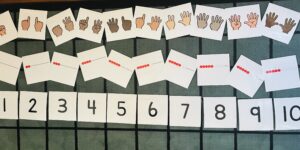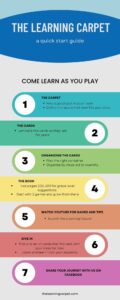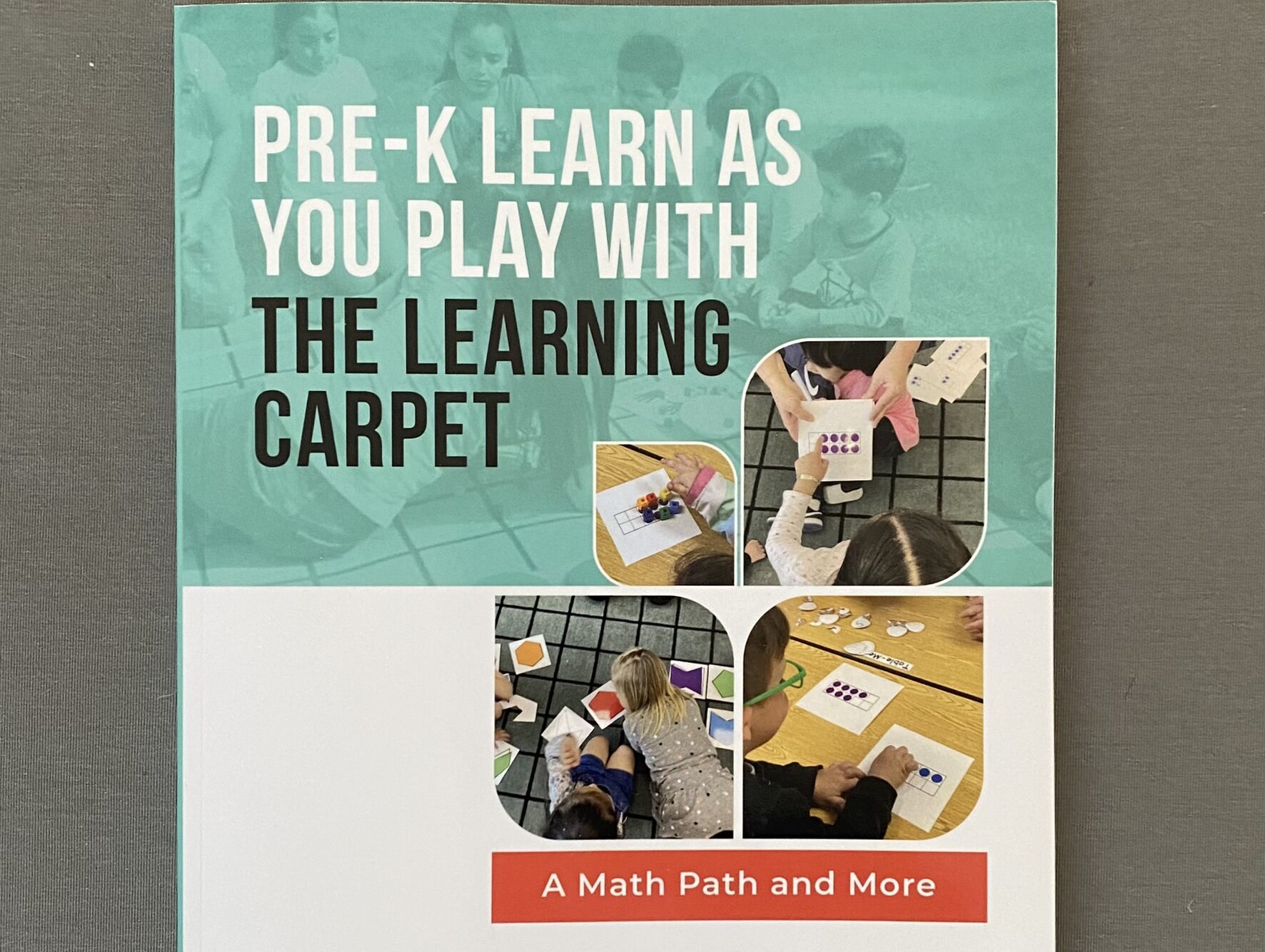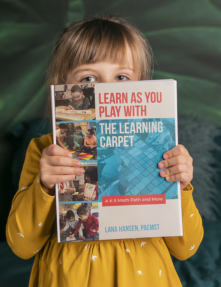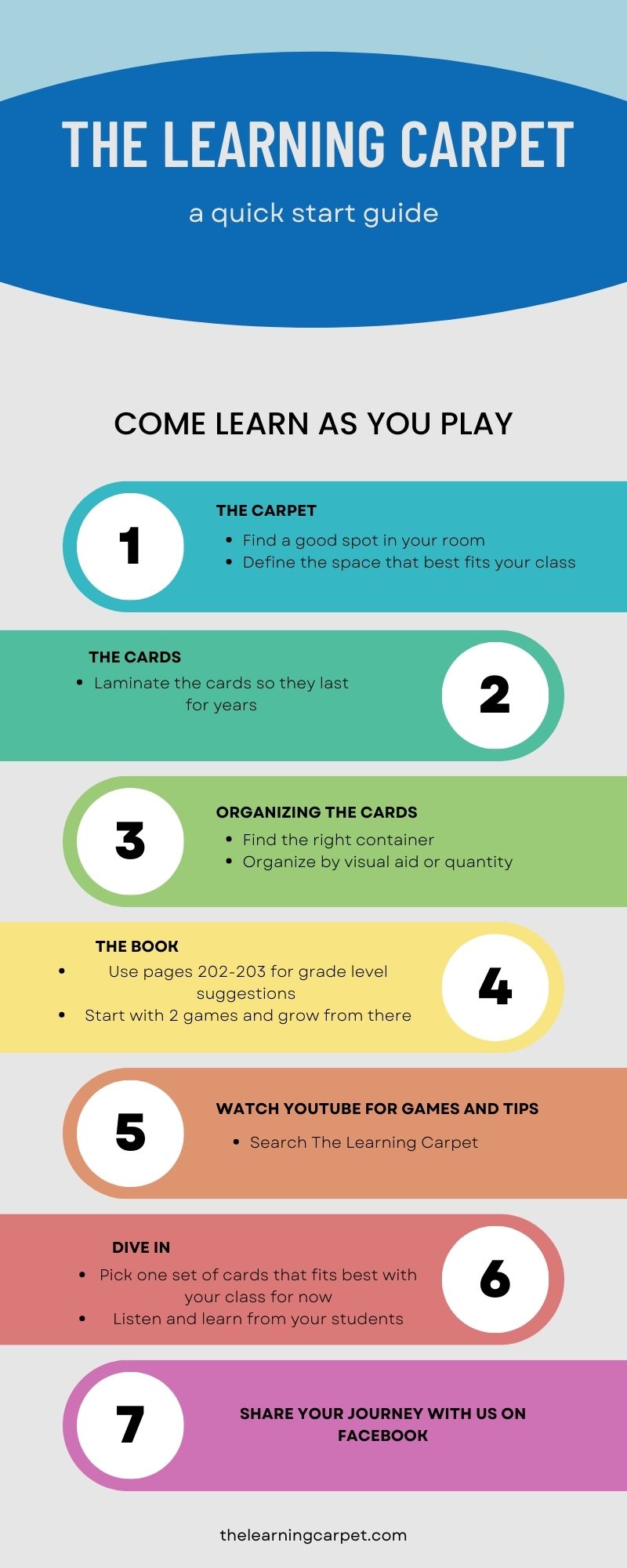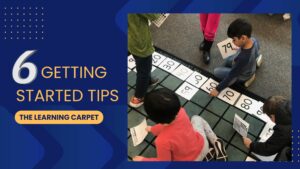 Having an organized classroom is essential. The organization of materials can make or break a classroom. Here are a few pointers that will help you to get started with the The Learning Carpet system that will set you and your students up for success.
Having an organized classroom is essential. The organization of materials can make or break a classroom. Here are a few pointers that will help you to get started with the The Learning Carpet system that will set you and your students up for success.
- Laminate- Laminate- Laminate your cards. I have had my cards in a classroom for over 10 years and they’re still going strong because I laminated them. Students can and should learn to walk around and on the cards as they work and learn. It’s an important minilesson that will keep the focus on math.
- Pick the right kind of container to hold your cards for your classroom. There are a lot of containers on the market, and I encourage you to find the storage solution that works best for your classroom. Some teachers use a filing cabinet or plastic crate and use hanging files to group the cards. Others use an accordion folder or a binder with pockets. All of these approaches work, especially if you already own them. My new favorite is this clear, drop front shoe storage box from a local discount store to sort and store the 6.5 in. square cards. I simply taped up the front where the shoe would come in and out and put the lid away in a safe place. I added colored paper to sort and label the cards by group and used white cardstock to sort each letter. Rubber bands are a quick and efficient way to keep cards grouped together. I encourage you to try out some of these ideas to see what works best for you.
- How to sort your cards for success. There is no wrong way to sort your cards, but you need to think about who you are as a teacher. Do you want to separate each visual tool set? Do you want
to sort by a specific range of number (0-5, 0-10, etc.)? Taking the time to be organized will help you to be more efficient as you plan for the next activity.
- Dig into the book. Pages 202 and 203 in our K-5 manual outline grade level suggestions that align with state and national standards. I deliberately organized each section of the book in a basic trajectory of skills. This way you can find where your students are currently functioning and can keep can keep each student moving forward by looking at the next few pages of the book. You can also easily adjust the range of number up or down on a specific game to help each student stay engaged and in the proper learning zone.
- Dive in! I recommend that you pick two games that pique your interest and connect to concepts you know your children need to know or strengthen. Plan to play these games several times so that you can see how your students progress as they play. It is important to reflect on content, questioning, and management to make each time a bit more successful. Remember, this learning system values the process that each student goes through to make math make sense!
You can watch a variety of games on our YouTube channel here.
6. Tools not Toys. Teach your kids how to hold, share and place the cards on the carpet. Discuss the do’s of holding the cards by the edges and keeping them straight. Rolling the cards, bending the corners, or even putting them in their mouths are definite don’ts. It is important to be clear, firm and kind with the expectations. Once expectations are set, more time can be spent on learning content!
Hopefully these tips will get you started on the path to successfully implementing The Learning Carpet into your math instruction. We’d love for you to let us know you successes so we can spread them to others as well as struggles so we can solve them together. Together we can help each student build skills that promote success in school and in life!

